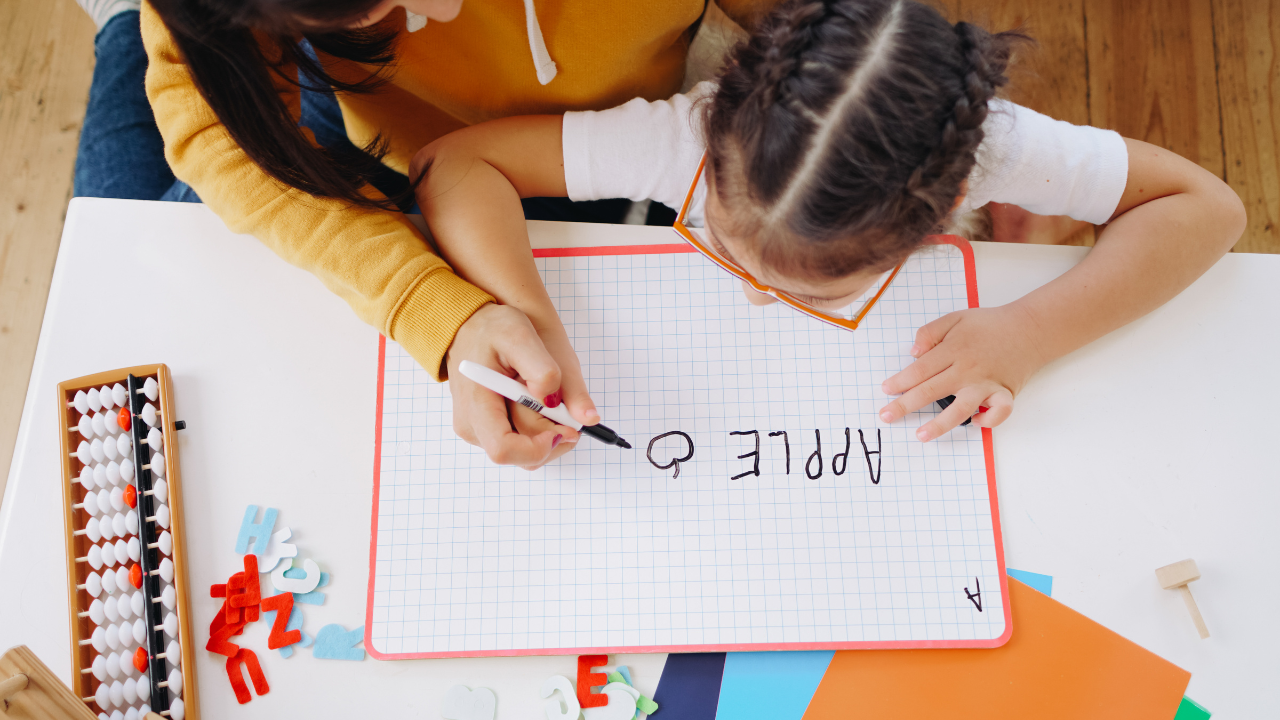5 Benefits of Explicitly Teaching Cursive Handwriting

Even for those students who do not have difficulty, handwriting in the early years is essential. Until students can form letters with reasonable legibility and speed, their concentration and their focus are often spent on letter production.
When students have not yet reached automaticity in their letter formation, it taxes their working memory and places a higher demand on their cognitive resources. The physical aspects of handwriting are so cognitively demanding that children when they're still learning how to form letters correctly and fluently, need extra time to think about the formation of the letter.
And then in addition to the handwriting work, students are asked to apply that knowledge to other areas of literacy and activities like…
- Spelling
- Sentence structure
- Planning
- Reflection within the written expression
All of these are cognitively demanding.
When this overload occurs it creates a cascading effect where other elements of writing become overlooked, often leading to errors and spelling application.
So that leads us to understand the role of handwriting within our classrooms. To help circumvent those challenges our students bring to us, it’s important to explicitly teach handwriting to all students.
Check out the ten components of writing we think are most important in a structured literacy lesson!
Effective handwriting practice will lead to stronger spelling, reading, and writing performance.
Explicitly Teaching Letter Formation
We want to make sure we're explicitly teaching letter formation, whether it’s print or cursive.
There are some benefits to teaching each of these. We know that in schools we’re teaching print early on. Print was designed for the printing press, but it is going to help students bridge into the text in the books. It can help link to that alphabet principle and provide an avenue for communication for students.
Throughout our structured literacy lessons, we're always practicing the connection between decoding and encoding, and so explicitly teaching print provides students with the ability to transfer that knowledge back and forth between their reading and their spelling. So, we want to make sure that we explicitly teach letter formation.

Here are 5 Benefits We See in Teaching Students Cursive Handwriting:
When we look at handwriting, we want to look at the whole child by emphasizing not just a multisensory approach but really the use of a kinesthetic approach. That is what the student is going to get the most benefit from.
1. It was designed for the human hand.
When writing in cursive, we have the same starting position every time. We move from left to right just as we read.
2. It reduces the inclination to reverse directions.
When we’re printing B, D, P, and Q, these are common reversals. By teaching cursive handwriting, we eliminate that confusion because they all start in different positions. This eliminates confusion and frees up working memory.
3. Promotes a rhythmic movement.
Cursive handwriting is a continuous flow of letters. This promotes speed and fluidity of ideas. When students become more proficient in cursive handwriting, they can produce work more quickly and more rapidly.
4. If you can write in cursive, you can also read cursive writing.
Not only is it beneficial to learn cursive handwriting in written form, but also to learn how to read it. This can help with reading primary sources in the content areas, particularly history and social studies. When we're reading things like the Mayflower Compact or the Declaration of Independence, that's cursive handwriting.
5. It's a confidence builder and a motivator.
Believe it or not, your students absolutely want to learn how to write in cursive and are motivated and excited to do it! When we give them the time and the space to learn how to do it properly, they really look forward to that practice and explicit instruction by showing the proper letter formation and just giving them a chance to let that continuous flow develop. Kids really do find this so motivating!
For even more on bringing handwriting into your literacy instruction, check out our latest episode of the Together in Literacy podcast. If you like what you hear, don’t forget to rate, leave a positive review, and subscribe!
We officially have merch! Show your love Together in Literacy podcast with a t-shirt or sweatshirt!
Looking for strategies and resources?
Sign up for our newsletter for news, resources, and freebies delivered straight to your inbox.
We hate SPAM. We will never sell your information, for any reason.
